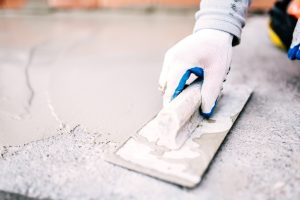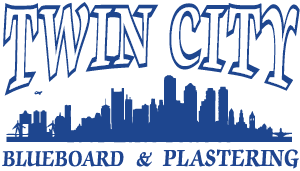
Plaster is an incredibly versatile tool. It comes in many different compositions and has withstood the test of time as an interior finish. Some plasters are designed for different purposes, while others are made from entirely different materials. Regardless, they have all served a use for a variety of projects across the world over the centuries. Here is a list of the plasters we are going to provide a little detail on below:
-
- Bonding Plaster-This serves as an undercoat. It goes down first to ensure the following layers have strong adhesion. This is typically applied to a new or patched wall and it will be laid down roughly to ensure stronger adhesion for the following coats. Due to how easy it is to apply bonding plaster to a surface and have it stick, it can be applied to almost any surface.
- Browning Plaster-This is also an undercoat plaster, but it is used for more absorbent surfaces. It has many of the same uses as bonding plaster, but it may require the underlying surface to be “keyed” to ensure proper adhesion, especially in more absorbent materials.
- Hardwall Plaster-Just like the previous two, hard wall plaster is an undercoat. However, as the name implies, it is a bit harder and more impact resistant. It works well as an undercoat in locations that might see more traffic or bumps and works well on most masonry surfaces.
- Tough Coat Plaster-This is even tougher than hard wall plaster and is intended for the toughest of jobs. This plaster works well in rough locations that might see a lot of bumps and damage against the walls. It won’t protect against holes in the wall, but it works well for a tough undercoat on masonry surfaces and exterior locations.
- Dri-Coat Plaster-This plaster is used to resurface a wall after the installation of a new Damp Proof Course (DPC). It is cement-based, but it doesn’t have much use outside of a few specific situations.
- Multi-finish Plaster-This plaster works well for almost any surface and will give a nice, smooth finish. It is ideal as a finishing plaster and works well with almost any undercoat.
- Board Finish-This plaster is intended for surfaces with low to medium suction. Materials like plasterboard and dry-coat plaster work well with board finish.
- One Coat Plaster-As the name implies, this plaster is a mix of a binder and a multi-finish intended to be used in one coat. It works best as a patching plaster and can be laid on fairly thick, unlike normal plaster. Like most one coat products, it doesn’t produce as nice of a finish as a two coat product, but it does cut down on time invested.
Those are just a few of the plasters on the market! As you can see, they all serve several use cases and each one is unique. Want to learn more about plaster? Check out our other blogs!
